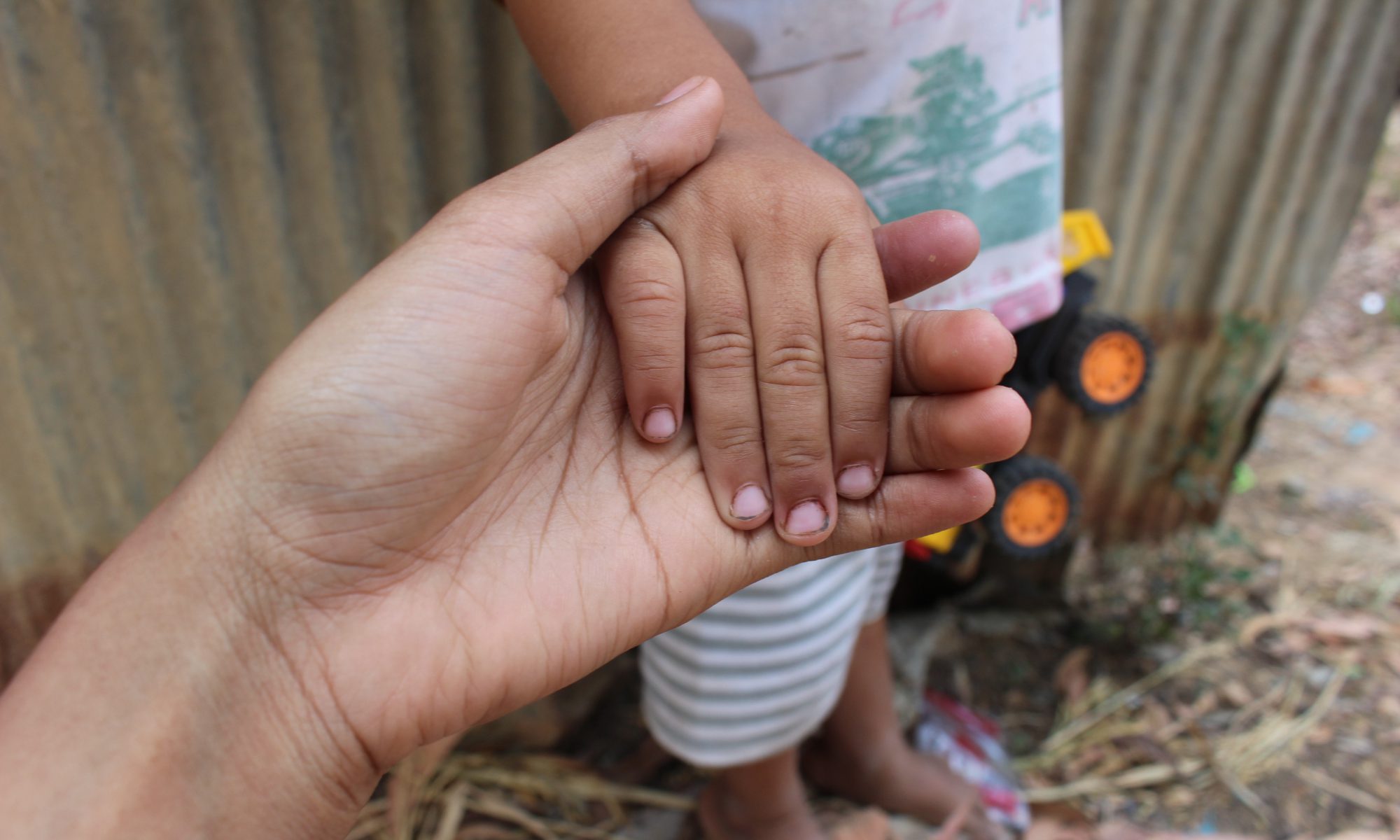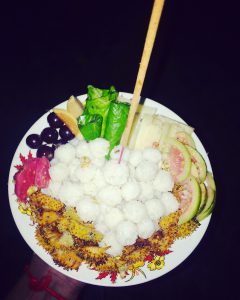As you all might probably know what Khan Academy is, I won’t go in detail about this learning source. Mainly, Khan Academy is a free online source, build by expert-creators, that provide free online courses, lessons, and practices; where students able to freely learn anything from different levels.
This school year I encountered a class that became one of my enemy but also a best friend. My math teacher provided me with two statistics’ books; textbook and workbook. In addition to the learning resource, my math teacher introduced the class to a course in Khan Academy called Statistics and Probability. Statistics and Probability is a giant course but the Khan make the course easier by break them down into a list of unit including: analyzing categorical data, displaying and comparing quantitative data, summarizing quantitative data, modeling data distributions, exploring bivariate numerical data, study design, probability, counting-permutations-and combinations, random variables, sampling distributions, confidence intervals, and significance tests (hypothesis testing). Therefore, the study design is my favorite
Based on the skill I have mentioned above, not every unit was hard as it sounds and not every unit was easy as it pronounced. Therefore, the study design was one of my favorite and challenger. Study design unit was categorized into discrete skills such as: comprehend statistical questions, perceive sampling and observational studies, recognize sampling methods, and discover the type of studies (experimental vs. observational). I have learned that the experimental/research/study design is much more than a statistic. Experimental, research or study design is the core of good research exploration. With the obligation of all of these skills, I understand that it will guide me in every experiment with good data collection, discover statistical analysis, and capable of interpreting the results. I believed in the fact that proper sampling method, collecting data, investigating results, and writing report properly will serve a path for the reader to identify the study design.


